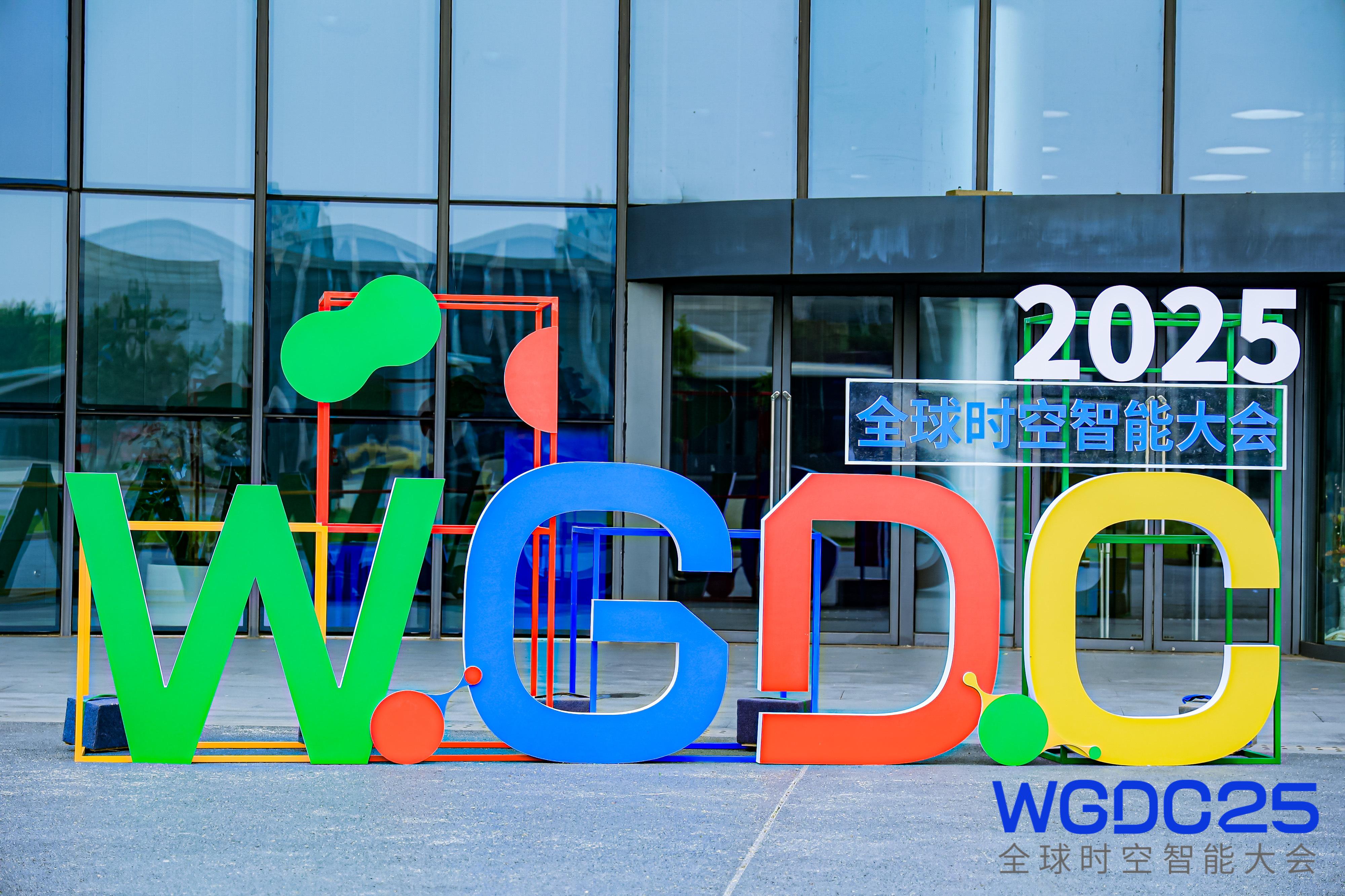WGDC25: Opportunities and Challenges in the Next New Decade of Commercial Aerospace | The Frontline
From May 21st to May 22nd, the Global Spatial-Temporal Intelligence Conference hosted by Taibo Network was held at the Conference Center of the Zhongguancun National Innovation Demonstration Zone in Beijing.
On the morning of May 22nd, a sub - venue of the conference hosted the New Decade of Commercial Space Forum with the theme of "The New Decade of Industry - Finance Synergy: A Two - way Journey of Industrial Finance". Experts and executives from the National Space Administration, Taibo Think Tank, commercial space startups, and investment institutions shared and discussed the current development situation, industry challenges, and solutions of commercial space. The following is a summary of the key points from this session:
Current Development and Future Trend Forecast of the Commercial Space Industry
Zhao Wenbo, the deputy chief engineer of the High - Resolution Earth Observation System Major Project of the National Space Administration and an academician of the International Academy of Astronautics, conducted statistics on the satellite constellation plans and the number of satellites planned to be launched that have been publicly disclosed at home and abroad. Currently, there are about 100 satellite constellations in China, planning to launch more than 60,000 satellites, and about 34 satellite constellations abroad, planning to launch about 56,000 satellites. Most of these are remote - sensing satellites. The massive demand for satellite launches will bring unprecedented development space to domestic and foreign commercial space enterprises.
Regarding the future development trend of remote - sensing satellites, Zhao Wenbo put forward two predictions: First, the observation ability of remote - sensing satellites will develop in the direction of "functional performance + effectiveness", that is, high spatial resolution, high observation accuracy, high temporal resolution, high spectral resolution, and high radiometric resolution; Second, the satellite remote - sensing application technology for application scenarios will gradually be AI - enabled.
Three Initiatives and Appeals from Private Rocket Companies
Hu Liang, the chairman of Deep Blue Aerospace, shared three expectations for the industry from the perspective of private rocket companies:
First, allow private and commercial enterprises to build basic support facilities for reusable rockets. The existing test sites and facilities for testing rocket recovery technology are relatively scarce, and the organization of tests is difficult, which affects the R & D process of reusable rockets. Hu Liang hopes that rocket companies can build test sites, launch towers, and other facilities for recovering rockets under the guidance of relevant departments.
Second, gradually establish a certification and management system for commercial space. Under the guidance of such a system, rocket companies can better establish the ability and mechanism to ensure public safety.
Third, there is a need for "patient capital" and "technological belief" to increase long - term investment in reusable rockets. For enterprises engaged in the R & D and manufacturing of reusable rockets, "patient capital" is needed to provide time and firm technological belief to see results.
Industry - Finance Synergy to Build the Future High - Ground of Commercial Space
Dou Mingming, the chairman of Zhongshang, shared the problems and difficulties in commercial space from the perspectives of LPs and GPs: First, the industrial chain is too long, cross - regional, and severely fragmented; Second, there is a large amount of repetition and waste in constellation planning and construction; Third, there is a lack of understanding of overseas companies and unfamiliarity with overseas markets; Fourth, the low - cost + rapid - iteration model is difficult to implement in China; Fifth, enterprises targeting traditional scenarios have difficulty achieving a commercial closed - loop, making profits, raising funds, and expanding their scale.
Regarding the above problems, Dou Mingming believes that GPs and LPs, as well as the primary and secondary markets, should work together to help enterprises out of difficulties. For investors, they should help enterprises actively connect with ministries and local governments to obtain the necessary funds and resources; at the same time, through the joint efforts of the primary and secondary markets, help leading enterprises in niche markets steadily move towards listing. For enterprises, they should strengthen international cooperation and closely follow the development trends of overseas commercial space enterprises. In addition to SpaceX, Palantir and Anduril are also good examples to learn from.
Release of the 2025 TOP List of Industry - Finance Synergy in Commercial Space
Finally, Wang Yuecheng, a partner of Taibo Think Tank and the chief analyst of aerospace, announced the 2025 TOP list of industry - finance synergy in commercial space.
According to the comprehensive index ranking, the top ten most influential cities in China's commercial space are: Beijing, Shanghai, Xi'an, Chengdu, Guangzhou, Shenzhen, Chongqing, Wuhan, Hefei, and Wuxi. Among them, Wuxi is the city with the fastest - rising development in recent years.
According to the comprehensive index ranking, the top ten investment institutions in China's commercial space are: Matrix Partners China, Yuanhang Capital, Shenzhen Capital Group, Shunwei Capital, Zhongke Chuangxing, Huihua Fund, Puhua Capital, CICC Capital, Founder Huisheng Investment, and CSC Financial Capital.
According to the comprehensive index ranking, the top ten industrial parks in China's commercial space are: Zhongguancun Science City, Beijing Economic - Technological Development Area, Xi'an National Civil Aerospace Industry Base, Hefei High - tech Industrial Development Zone, Wenchang International Aerospace City, Liangxi Aerospace Industrial Park, G60 Satellite Internet Industrial Base, Chongqing Liangjiang New Area Aerospace Information Industrial Park, Oriental Aerospace Port, and Wuhan National Aerospace Industry Base.
